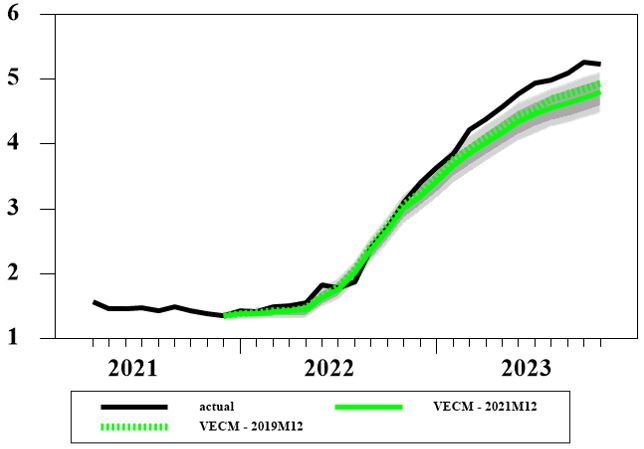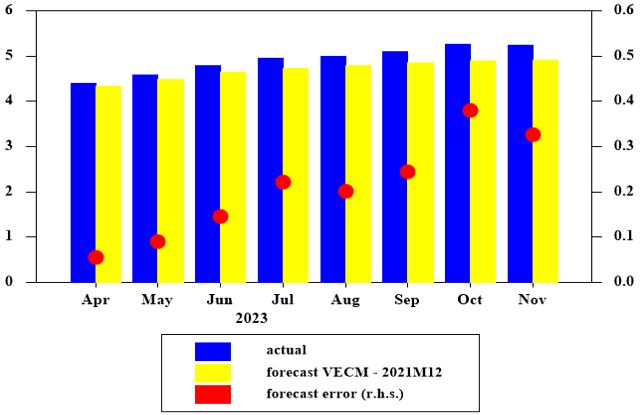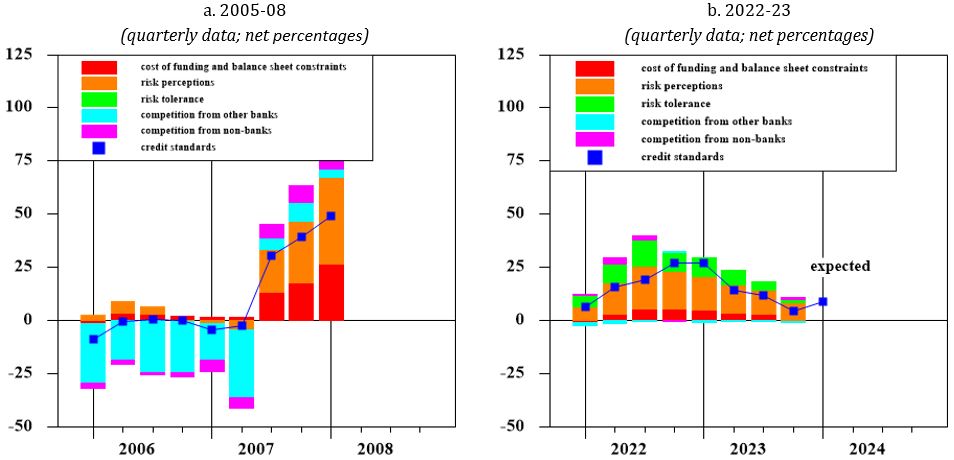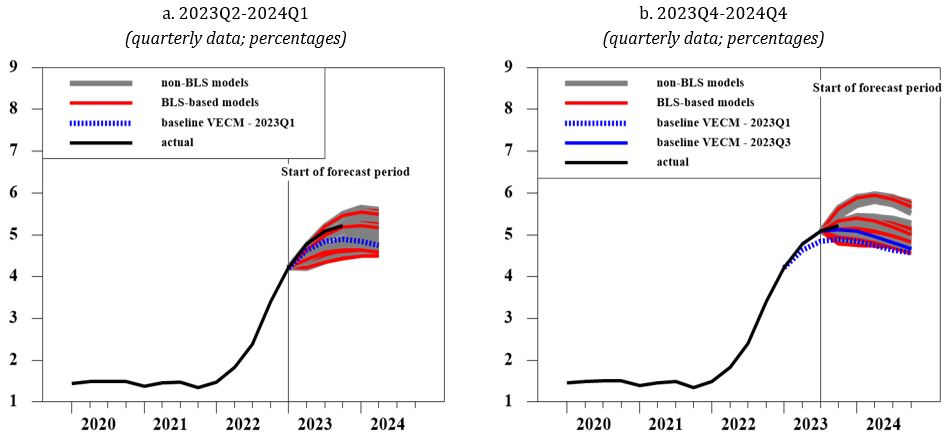References
Albertazzi, U., T. Ropele, G. Sene and F. M. Signoretti, (2014). “The impact of the sovereign debt crisis on the activity of Italian banks,” Journal of Banking & Finance, vol. 46(C), pp. 387-402.
Altavilla, C., M. Darracq Pariès and G. Nicoletti, (2019). “Loan supply, credit markets and the euro area financial crisis”, Journal of Banking & Finance, vol. 109(C).
Bottero, M. and A. M. Conti, (2023). “In the thick of it: an interim assessment of monetary policy transmission to credit conditions”, Banca d’Italia, Occasional Paper 810.
Ciccarelli, M. and C. Osbat, (2017). “Low inflation in the euro area: Causes and consequences”, Occasional Paper Series 181, European Central Bank.
Conti, A. M., (2021). “Resurrecting the Phillips Curve in Low-Inflation Times”, Economic Modelling, 96(C), pp. 172-195.
Conti, A.M., A. Nobili and F. M. Signoretti (2023). “Bank capital requirement shocks: A narrative perspective”, European Economic Review, vol. 151(C).
De Vette, N., S. Fahr, S., P. Serrano Ascandoni and P. Welz, (2023). “Corporate vulnerabilities and the risks of lower growth and higher rates”, in European Central Bank Financial Stability Report, May.
Granger, C. W. J. and Y. Jeon, (2004), “Thick modeling”, Economic Modelling (21), 2, pp. 323-343.
Huennekes, F. and P. Köhler-Ulbrich, (2022). “What information does the euro area bank lending survey provide on future loan developments?”, in European Central Bank Economic Bulletin 8/2022.
Lane, P., (2023). “The euro area hiking cycle: an interim assessment”, Dow Lecture at the National Institute of Economic and Social Research, London, 16 February.








